By William J. McPeak
In 1503, near the northern Italian town of Cerignola, the famous Spanish commander Gonsalvo de Cordova, Viceroy of Naples (to be known to military history as “The Great Captain”), resolved to turn and stand before the pursuing French army. Outnumbered and having spent most of the campaign season successfully maneuvering against the French, he had no intention of risking a pitched battle.
Before him lay a sunken road—perfect as a defensive ditch. On the raised ground above it, he ordered a long entrenchment dug and sharpened stakes embedded in front. The cavalry was placed in reserve positions to the rear. On this day Gonsalvo’s main defense behind the entrenchments was a large contingent of a relatively new infantry force—arquebusiers—men who fielded the matchlock shoulder firearm known as the arquebus. The word is French, cobbled from the German Haken, or lock, and Buschen, gun).
As the French massed before Gonsalvo, they did not see the sunken road, and their commander, Gaston De Foix, Duke of Nemours, egged on by both his noble heavy cavalry and his mercenary Swiss pikemen wielding their 18-foot spears, ordered a frontal assault. The heavy horse charged first, only to be cut down before the Spanish entrenchments by volleys of arquebus fire. The Swiss followed and—still unheedful of the sunken road and contemptuous of the lethal gunfire until too late—suffered the same fate. With the surprising defensive victory tasting bad in the mouths of the Spanish cavalry reserve, one of their condottiere (mercenary captain), Fabrizio Colonna, voiced his indignation with spite—but also noted the simple fact: The day had been won by “a little ditch, a parapet of earth, and the arquebus.”
What happened at Cerignola was not a fluke. It represented a logical progression of developments of which the arquebus was only another tool (as the longbow and crossbow had been)—a revolutionary and most effective one to be sure—in the hands of a common but increasingly skilled soldiery.
Within the third decade of the 14th century, the many-sized cannon, already a fixture of late medieval siege, was modified yet again into a small tubelike cannon of only one or two inches in diameter. Several were grouped together—organ pipe-style—to provide a crude concentrated fire of small stone balls or shot of metal, such as lead, bronze, brass, or iron. This seemed more a psychological weapon, for it could only be crudely aimed. But about the same time, similar tubelike cannon of a foot and a half or two feet in length were socketed to poles like spears for individual soldiers to fire.
These hand cannon, or “handgonnes,” were an improvement. With a touchhole drilled at the rear and top of the tube that usually fired a metal ball, these early hand firearms were loaded similarly to cannon. Gunpowder was ladled down the muzzle, followed by a small wooden disk (for better compression of the powder), and rammed down; then the shot was added. A touché, a glowing wire fuse, was thrust down into the touchhole to ignite the charge (later a holder or linstock supported this fuse). The pole was butted to the ground, yielding only arcing trajectory fire. Accuracy would improve with each of the various progressions of early handheld firearms to follow.
By the early 15th century, hand cannoneers were bracing a shorter-poled barrel under their arms, which allowed for better aiming. They were also using an even shorter hand cannon with a slender metal stem welded to the barrel butt as a crude stock. These could be fired more accurately by holding them at the center of the chest. If fired point blank rather than at an arc, these weapons could be more effective. Accounts through the first two decades of the 15th century indicated that they were lethal to unarmored soldiers to about 50 yards—and perhaps armor piercing to about 20 yards. The first detailed account of small, accurate hand cannon came from Italian historian Pierino Belli who, in describing the siege of Lucca in 1430, declared they could pierce armor or shield—and “two or three men” [in a single shot]—a probable exaggeration.
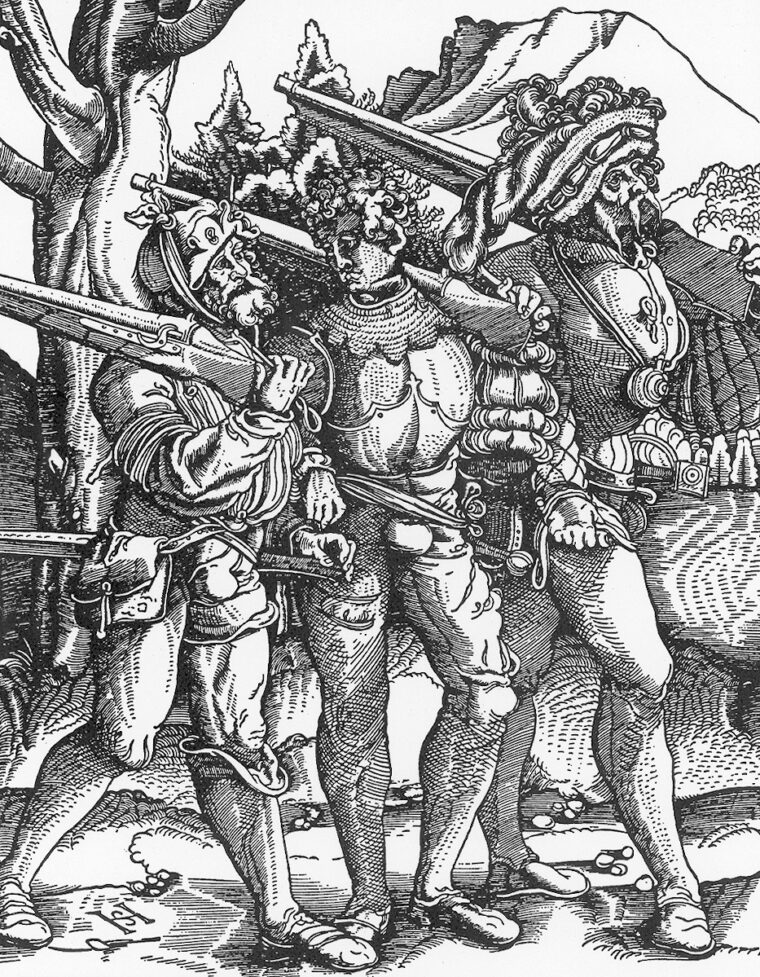
But soon after, another innovation reflected a further attempt at muscle and accuracy for the hand cannon. A two-man hand cannon arrived with the realization that barrel sighting and length were optimum factors. This was a five- to six-foot-long weapon of about 80 caliber that required an aimer (“collineator”) and a firer (“incendiaries”) to apply the touché. But mobility suffered with this arrangement.
The optimum middle ground was a one-person handgun with a manageable caliber barrel stabilized by some sort of mobile barrel support. In use by about 1450, barrels were lashed, then banded, to a heavy wooden shaft, a crudely contoured wooden stock. This was the first of two essential transitions from hand cannon to true mobile firearm. The second was the devising of a mechanical means of detonating the charge instead of having to hold the touché by hand.
The example was already apparent in the lever-action trigger release of the crossbow mechanism. Casters of hand cannon—the first gunsmiths—pinned a form of clamp in an “S” or “Z” shape called the “serpentine” (meaning snake-shaped) at the side and rear of a stocked hand cannon which would fall over the touchhole. These clamps were of iron and slotted at one end to hold the touché, while the other end served as a convenient trigger.
Although this is sometimes referred to as a “serpentine lock,” it is hardly a true lock but rather a serpentine/trigger. It is a simple pivoted lever that could thrust the touché into the touchhole, similar to a crossbow trigger releasing the bowstring. Countersinking the touchhole to form a lipped bowl for holding extra priming powder more assuredly set off the charge. The glowing wire or rope was gradually replaced with a more reliable, continuous, slow-burning matchcord made by soaking rope in a solution of saltpeter and drying it.
Still this was a weapon aimed off the shoulder, at the side, or from the middle of the chest. Eye-barrel sighting would much improve accuracy, and this called for an unobstructed line-of-sight, inspiring the better idea of a true firing mechanism, the matchlock. First, freeing up the direct line of sight was an easy matter: The touchhole had to be removed from the top-center of the barrel and placed in a convenient location. It would be drilled at the side of the barrel in proximity to the reach of the serpentine/trigger. To hold the priming powder, a small pan, the flash pan, had to be added, welded below the touchhole. When gunsmiths sought to further compartmentalize the serpentine/trigger, the idea of partially recessing a better mechanism within a carved-out portion of a progressively more contoured stock came to light. This led to the essential parts of the true gunlock, the mechanical integration of a trigger, a sear (pivoted metal arm as a release lever) connected to the trigger, and a tumbler (slotted cam engaged by the sear’s movement) to bring the serpentine down into the priming powder.
The parts were built upon an oblong plate, called the lock plate. This transformation to a matchlock mechanism enabled the birth of the arquebus, a shoulder-aimed weapon. The matchlock was the foundation of all early firearm locks. The most common trigger was a bar (sear bar trigger) screwed into the base of the sear at right angles. Pressing upward engaged it and an internal spring released it. Two other matchlock mechanisms would evolve into the early 16th century. One was activated with a flat spring on the serpentine and the other with a button fitted to a spring acting on the tumbler. Both would fall to the simpler sear bar that would be joined by the final evolution of the trigger, the finger trigger, which appeared about 1525.
An obvious additional need to achieve accurate eye-to-the-barrel aiming from the shoulder was a straight barrel. Mid-15th-century hand cannon had already settled into well-milled barrels of uniform bores for uniform shot—better fit for better accuracy. By the later 15th century, standardized barrels and shot were the norm for the fully developed arquebus (calibers as small as 45 up to 65) with a front nub sight and often a tubular tunnel rear sight (probably before 1470). A hinged cover was added to the flash pan to protect the priming from the weather. A flash plate was also added at the rear of the priming pan when experience showed that aiming at the barrel in proximity to the flash pan could result in too much gunsmoke in the eye. By the end of the century, when the arquebus was loaded with a heavier steel shot rather than the further flying lead, it could pierce all the heaviest armor (“white” armor) to about 70 or 80 yards.
The basic requirements of the arquebus as a legitimate weapon of the field helped bring on gunpowder technology improvements. Powder was substantially improved for compressibility and even burning. Cannon powder was also know by the name “serpentine,” and, since early use, had been dry mixed and thus separated too easily over a short time, causing inefficient compression and burning.
“Corned” powder was a better idea. The powder was mixed with water or alcohol, dried, and then pulverized to different grades. Fine powder was probably first developed for handheld firearms to ensure ignition of the barrel charge, made of the coarser corned powder. Although accuracy was the essential factor in the development of the military arquebus, the gun remained a smooth-bore weapon. Rifling, tapping a smooth barrel with a spiral groove, had appeared about 1475, when it was realized that it put a stabilizing spin on round shot (as feathers put one on an arrow), resulting in a more accurate hit. A rifled shot could in fact go twice as far and be proportionately twice as accurate, but the shot size had to be close to barrel diameter to fit the rifling. Consequently, the shot had to be coaxed down the barrel not only with the ramrod but also with a mallet applied to the ramrod. This process became increasingly difficult as the barrel grew hotter, which was hardly practical in the heat of battle. Getting off more shots with less accuracy was the guiding factor—and an average 60-caliber shot ball, at the least, incapacitated no matter where it penetrated the human frame. The “rifle,” as this more accurate firearm would soon be called, was far better as a hunting gun in those early times.
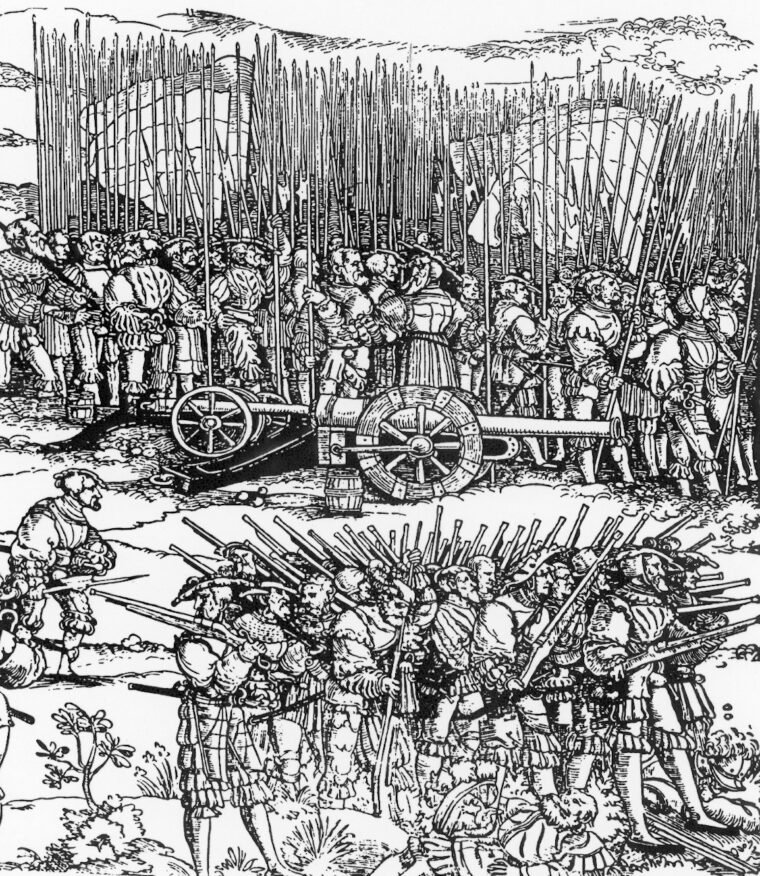
The fading of medieval feudalism and the rise of national states with their need for larger scale armies and warfare fused with a need for better weaponry; thus the rise of gunpowder technology from the cannon to the arquebus. The mercenaries—who were both common soldiers and nobles—had already become specialized. As large states fashioned large armies, they required more soldiers, hence soldiers for hire. Italy and Burgundy had helped introduce the crossbow and the expert mercenaries to use it. In Flanders, the long spear, or pike, came into use in the mid-15th century as a mercenary weapon; the Swiss later adopted it.
The Swiss also adopted the hand cannon early and updated the battlefield tactical unit with a pikeman, a hand cannoneer, and a crossbowman. But with their phenomenal success at developing effective pike formations, they relegated the developed arquebus to secondary status by the late 15th century. By the end of the 15th century, the Swiss “pike hedge” was extremely effective both offensively and defensively against infantry and heavy cavalry. They remained resolute and undefeated—until Gonsalvo and his Spanish arquebusiers proved otherwise at Cerignola. That battle was the first significant defeat of Swiss frontal assault tactics. The arquebus was thrust into the spotlight as a primary weapon of warfare to be reckoned with as an effective infantry counter to the emphasis on pike tactics.
Gonsalvo was among the first major continental military leaders to see the potential of the arquebus. Beginning about 1496, he searched for new tactics to revitalize the Spanish infantry of crossbowmen, javelin, and sword-and-buckler foot soldiers. From a few hand cannoneers who joined these, Gonsalvo upgraded to the arquebus as its prevalence proved it a reliable weapon. He cut the number of crossbowmen and substantially increased the number of arquebusiers, who were trained in formations emphasizing firing in unison—volley fire. He also added a balanced proportion of pikemen for support.
Another military revamper was in the nearby German lands. The third of its Habsburg emperors, Maximilian I (elected in 1493), had formed his own national mercenaries, the Landsknechts (land troops). The idea was to imitate the effective Swiss pike bands. Maximilian was also a fancier of gunpowder technology and significantly increased the proportion of Landsknecht arquebusiers to pikemen. This would prove a wise anticipation of combat to come. Rather than acting alone, pikemen and arquebusiers were far more effective acting in concert as an offensive and defensive unit with the pikemen acting as a portable barricade to protect the arquebusiers. When Spain was added to the Habsburg holdings of Austria and the Netherlands in the early 16th century, the imperial infantry of Spanish and German arquebusiers would prove foremost on the battlefield and pivotal in the protracted dynastic warfare with France played out in Italy during the first half of the 16th century.
As the newest member of the infantry family, the arquebusier had his own special combat needs. The late 15th-century arquebusier traveled relatively light. Like many pikemen (until later in the 16th century), the arquebusier did not wear armor except for a small helmet. The arquebusier had two essential tasks to perform before battle: keeping a burning match and keeping his powder dry. The matchcord he carried measured in yards, and when coiled at his belt it became an occupational hazard. Each arquebusier company would have a torchbearer as a common source to light the match, which was lit at both ends—in case one went out. Once lit, the arquebusier was constantly blowing off ash and moving new match through his fingers. Arquebusiers could not be as stealthy as other infantrymen, for the match could be seen for miles at night and smelled downwind.
Earlier arquebusiers were probably also keeping an eye on their powder if it only resided in a leather pouch, for the unthinkable accident of touching off one’s powder supply was very real. The development of better gunpowder containers moved along quickly to safer and water-resistant materials such as horn, wood, or metal flasks. Early in the 16th century, soldiers (probably Germans) started putting single charges in small metal then wooden bottles (usually 12 in number for good luck—12 Apostles—12 zodiac signs) and strung them on a bandoleer. This was the origin of the cartridge, and in some cases the further step of wrapping powder and ball together in paper was in use (about mid-16th century). The charge bandoleer became standard issue probably by the middle of the century as a methodical means of firing quickly. A good arquebusier with a charge bandoleer could get off three rounds a minute by putting the succeeding two shot balls in his mouth for quicker loading.
But with the progress of handheld firearms came an increasing condemnation of their use and of those who used them from those most affected by their presence—the noble horseman, who expected the common soldier to be slaughtered without complaint. Some nobles, such as the Knights Hospitalers of St. John (also called the Knights of Rhodes, and later the Knights of Malta) were quick to adopt all advances in gunpowder weapon technology. For them, it was a case of necessity. As a relatively small military force contending with the numerically superior Turks in the eastern Mediterranean, they needed every advantage they could muster. But for many Continental nobles in the 15th and early 16th centuries, the idea of encroaching commoners daring to kill their social betters with such a lowly weapon was unacceptable. By the 1440s the greater accuracy of hand cannoneers was being rewarded with their execution when captured. Many an arquebusier would hazard the same fate on the battlefields of Italy in the early 16th century. There, conservative Italian and, particularly, French nobles thought nothing of stringing up captured arquebusiers as criminals.
But as the century progressed it was obvious that the arquebus, as the cannon before it, was there to stay. By 1512 a larger caliber arquebus appeared, known as the heavy arquebus or caliver (about 65 to 75 caliber), with an improved effective range of over 100 yards. About 1545 the larger still matchlock musket appeared. By the end of the 16th century it would weigh about 20 pounds and require a forked rest to aim and fire its 85- to 90-caliber ball accurately for almost 200 yards.
The list of battles won by the presence of the arquebus family of matchlock longarms would grow through the century after Cerignola: Ravenna (1512), Rhodes (1522), Bicocca (1522), Pavia (1525), Vienna (1529), Malta (1565), and, perhaps foremost, Lepanto (1571), where European firepower bested Turkish will in the great sea battle for control of the Mediterranean. The arquebus was the beginning of accurate firearm weaponry that continues to evolve to this very day.
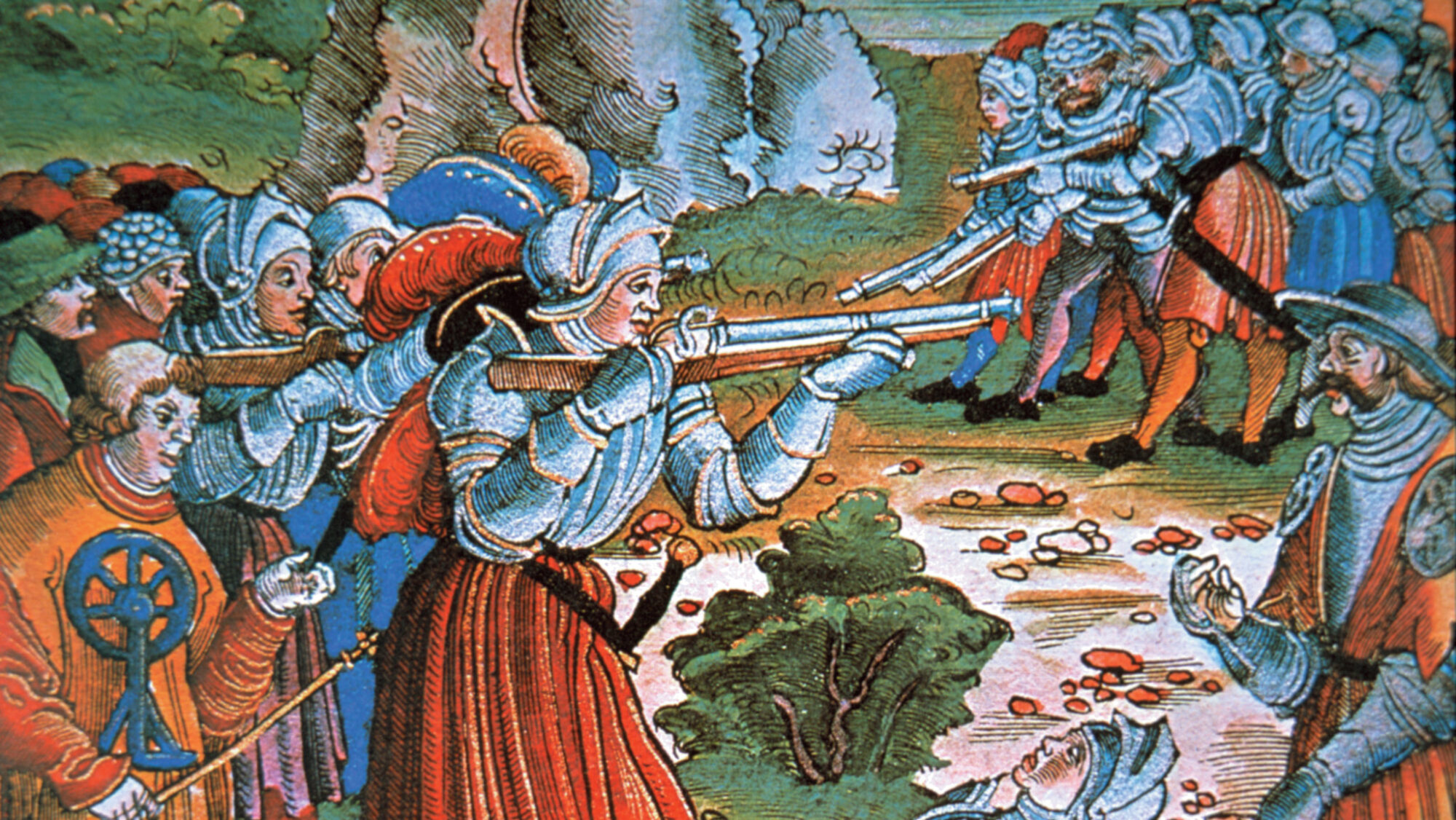
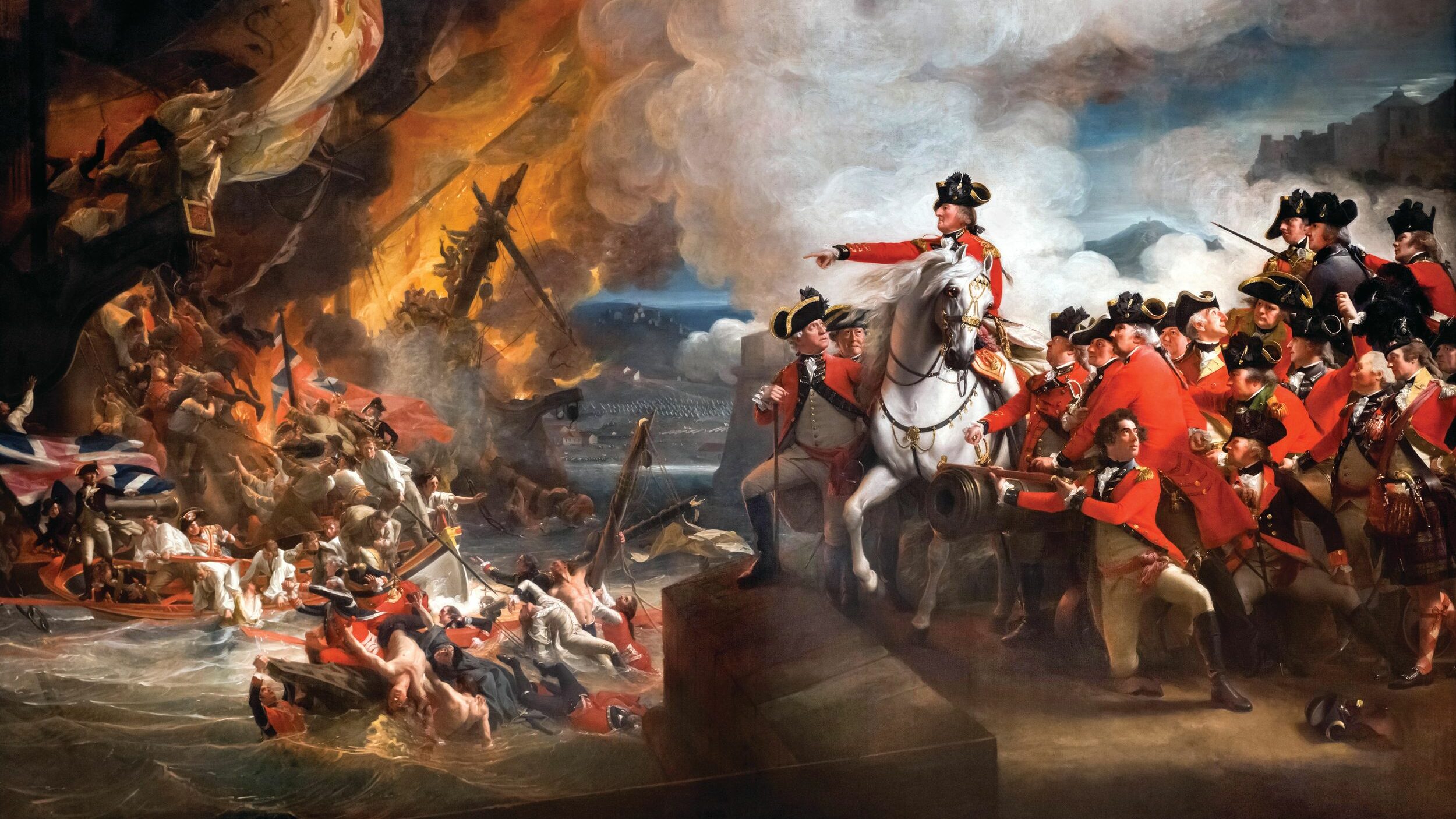
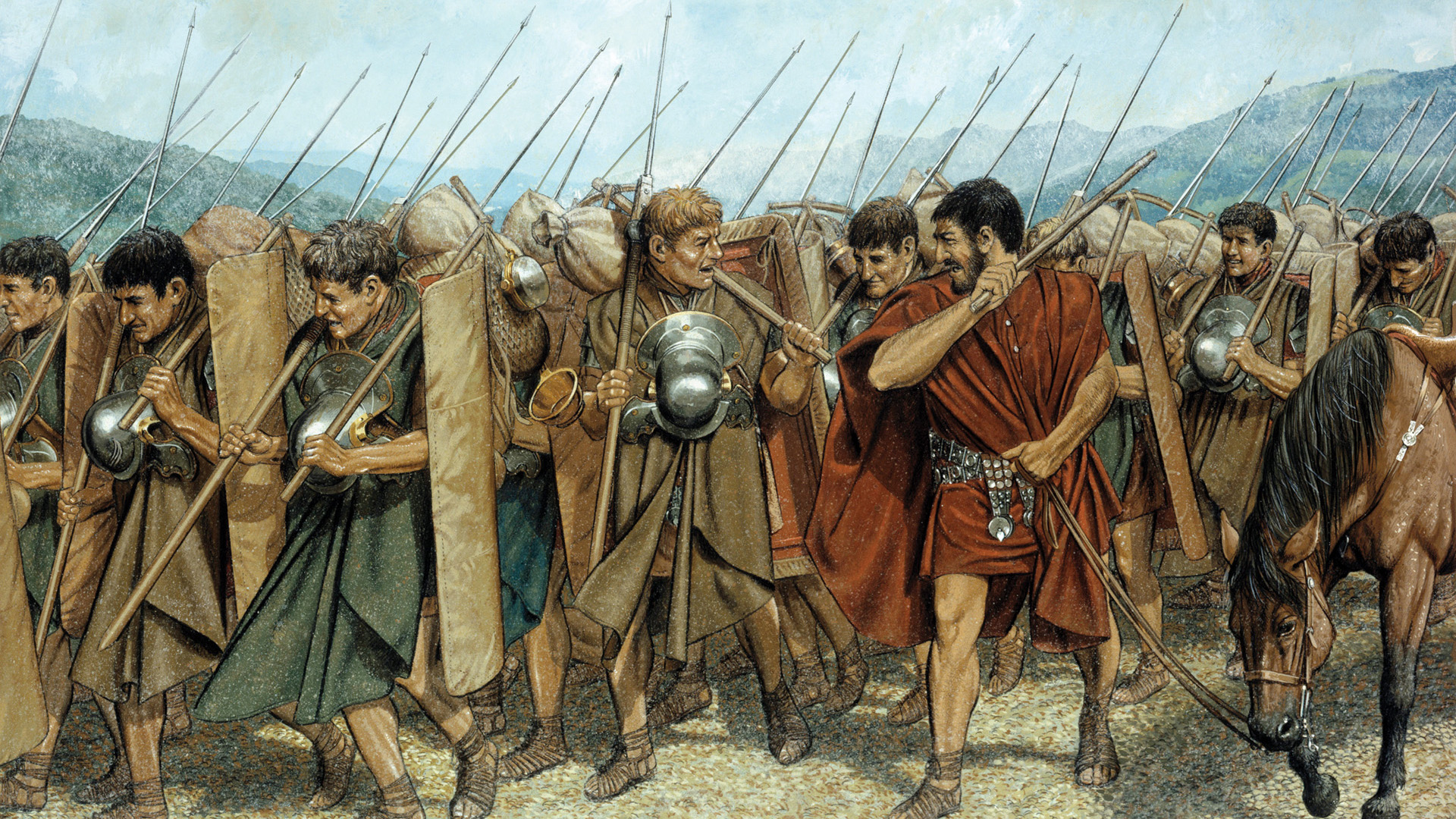
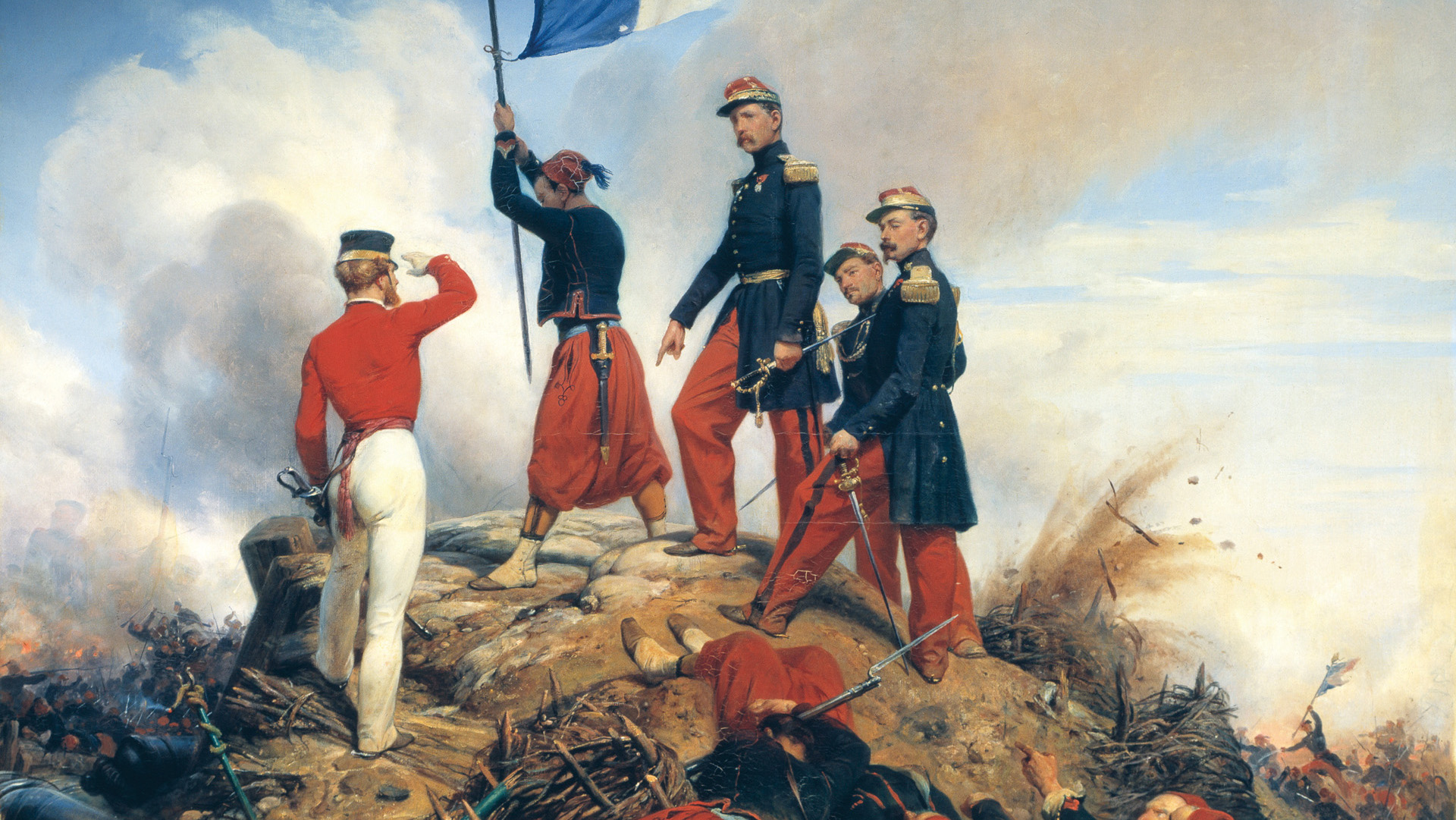
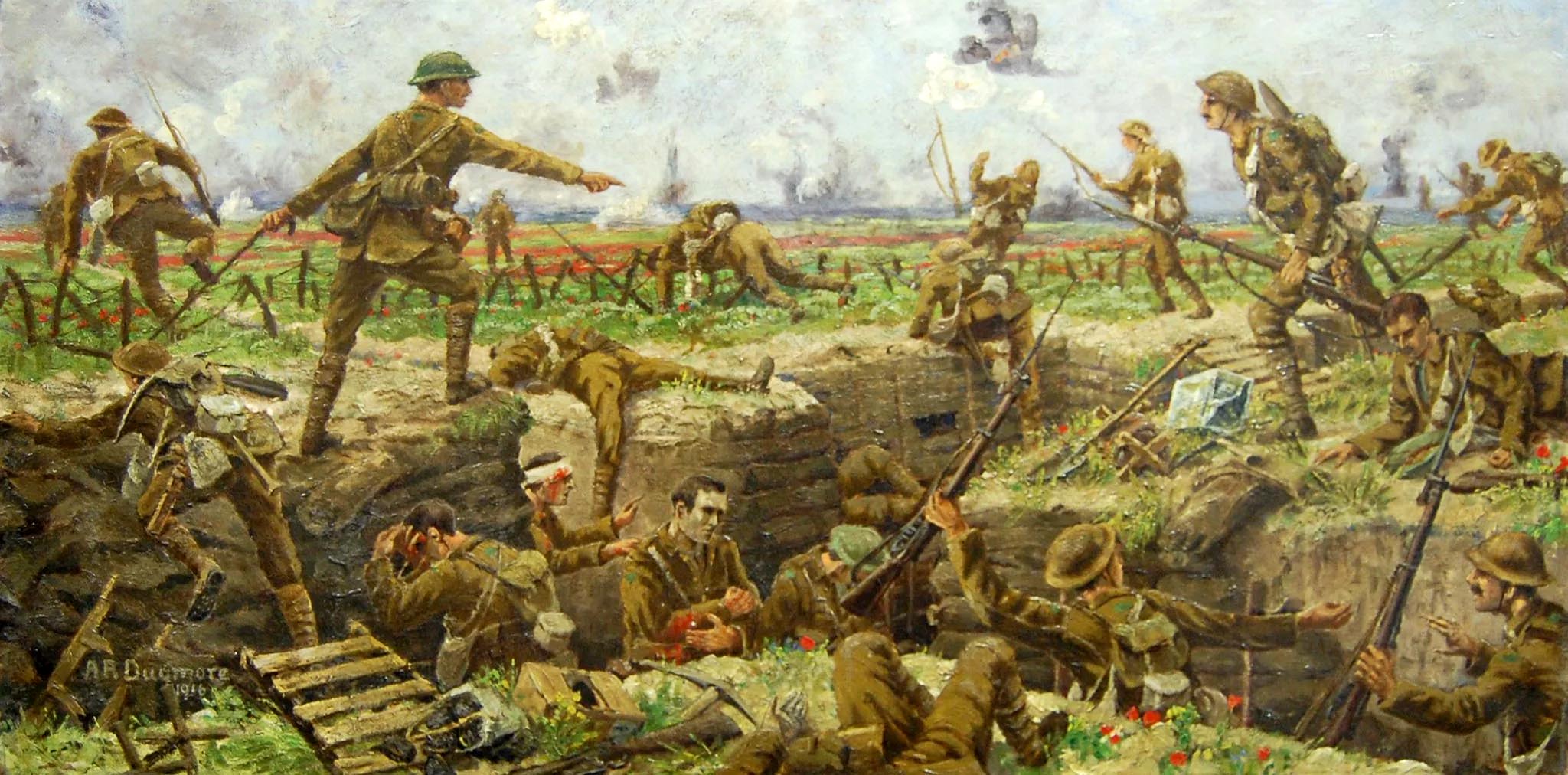
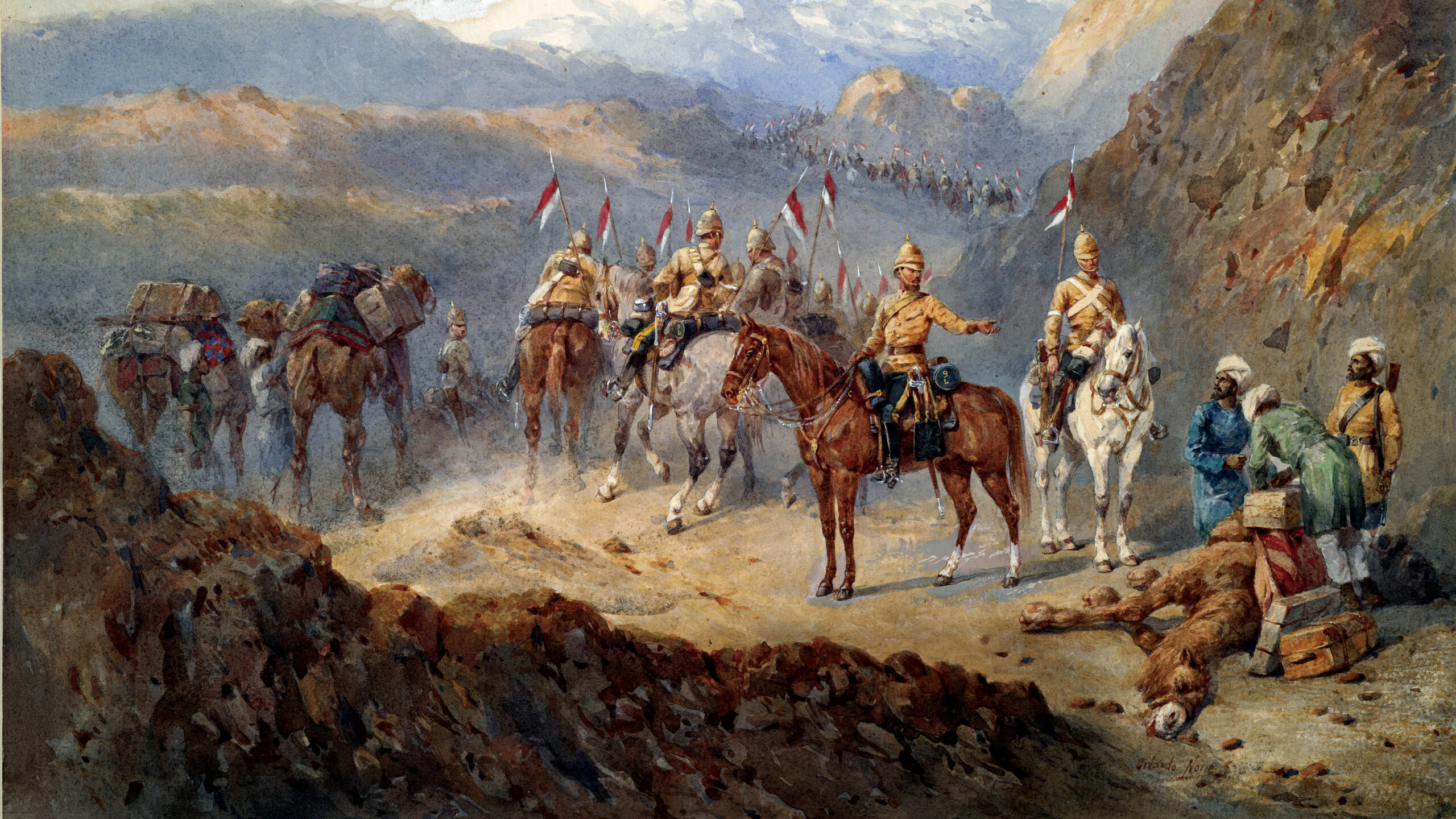
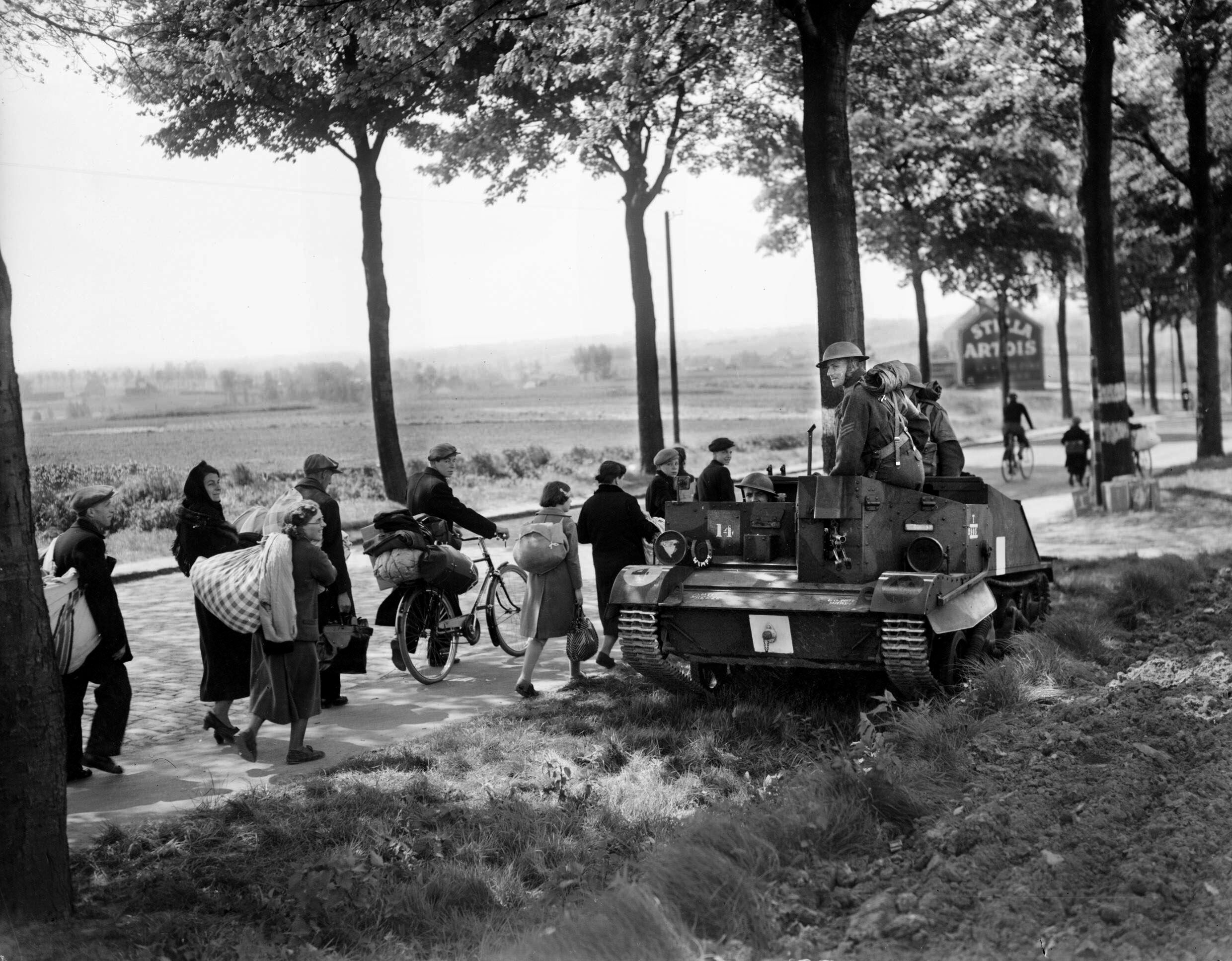

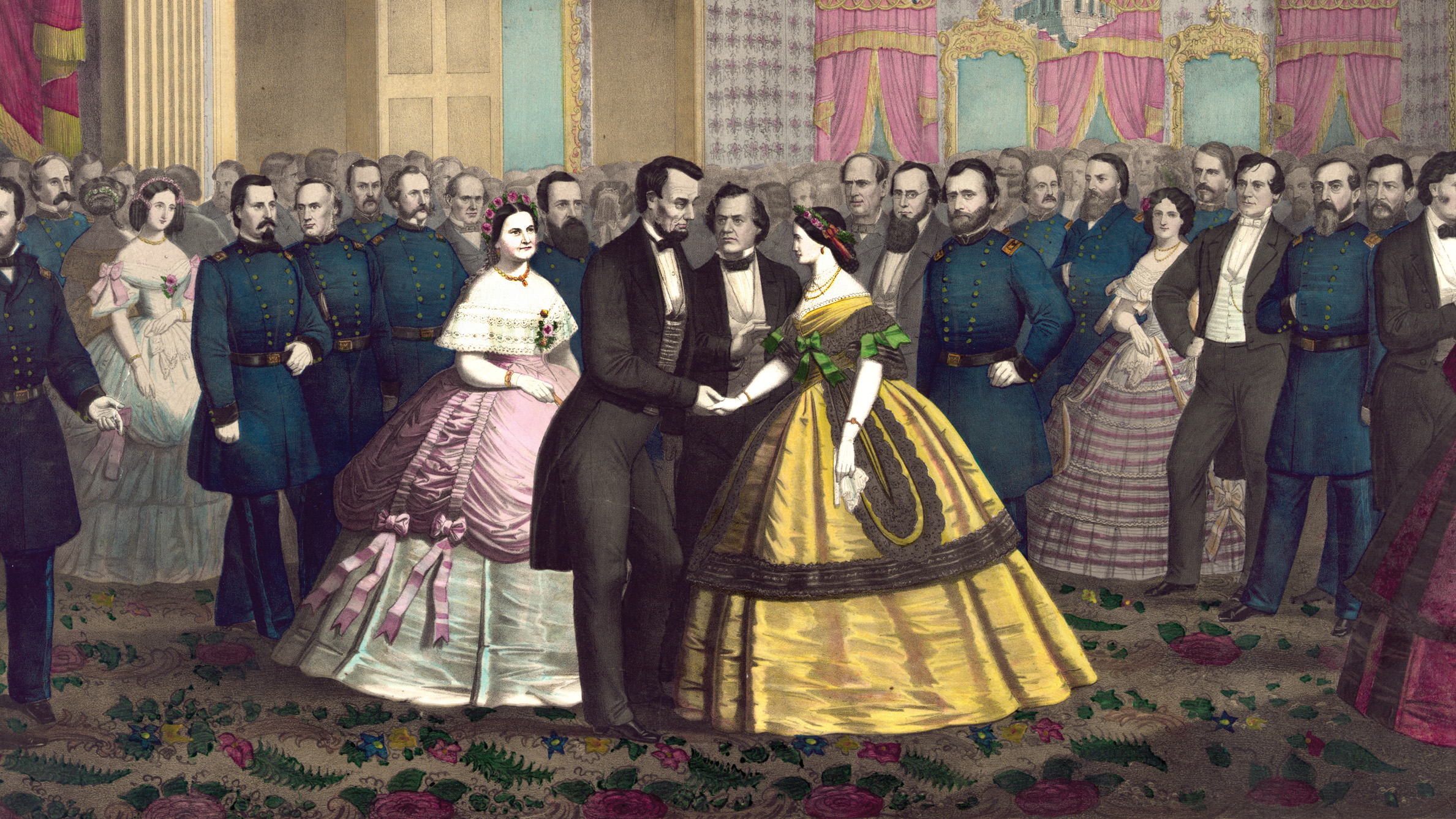
Join The Conversation
Comments